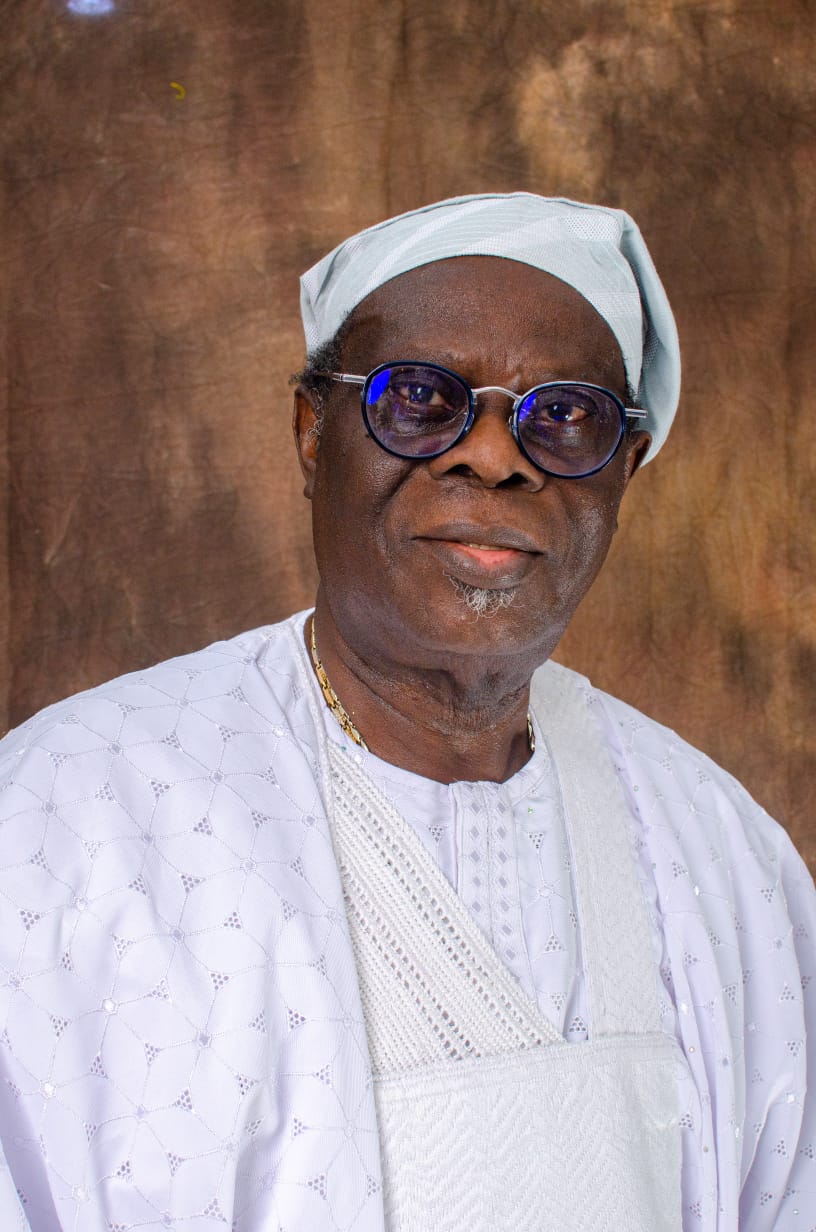On September 4, 2025, Israel formally rejected a proposed truce and prisoner exchange deal aimed at halting the ongoing conflict in Gaza, dealing a significant blow to hopes for peace in the war-ravaged Palestinian territory. The announcement, made public through official channels, came from the office of Israeli Prime Minister Benjamin Netanyahu, which declared the proposal—mediated by the United States, Egypt, and Qatar—“unacceptable” due to Hamas’s refusal to compromise on key demands, including the release of Israeli hostages. This decision has escalated tensions in an already volatile region, intensifying the humanitarian crisis in Gaza, where over 63,600 Palestinians have been killed and 160,900 injured since October 2023, according to local health authorities. As the war enters its 23rd month, Israel’s rejection raises profound questions about the prospects for peace, the role of international mediators, and the global community’s response to one of the deadliest conflicts in recent history.
Palestinian woman mourns over the shrouded body of a child that was killed in an Israeli strike on a makeshift bakery housed in a tent in Gaza City on August 30, 2025, at the al-Shifa hospital. (Photo by AFP)
This article examines the reasons behind Israel’s decision, the devastating impact on Gaza, the geopolitical ramifications, and the broader context of the Israeli-Palestinian conflict, while critically analyzing the establishment narrative and exploring potential pathways to resolution.
Background of the Truce Proposal
The rejected truce proposal, presented in August 2025 by Qatari and Egyptian mediators with U.S. support, was a comprehensive framework designed to end the violence in Gaza and facilitate a prisoner exchange. The deal outlined a 60-day ceasefire, phased releases of Israeli hostages held by Hamas in exchange for Palestinian prisoners detained in Israeli jails, and a significant increase in humanitarian aid to Gaza, which has been under a stringent Israeli blockade since October 2023. Hamas, the Palestinian resistance movement governing Gaza, had accepted a similar U.S.-backed proposal in July 2025, signaling its willingness to negotiate. However, the group insisted on a permanent end to the war, a complete Israeli withdrawal from Gaza, and guarantees for reconstruction and humanitarian aid. Israel, however, rejected these demands, arguing that they would allow Hamas to maintain its military and political power, posing a continued threat to Israeli security.
The conflict was reignited by Hamas’s October 7, 2023, attack on southern Israel, which killed over 1,200 Israelis and led to the capture of 251 hostages, according to Israeli authorities. Israel’s response—a relentless military campaign involving airstrikes and ground operations—has been described by Palestinian officials and international observers as disproportionate and devastating. Local health authorities report that the majority of the 63,600 deaths are civilians, including thousands of women and children, with recent reports citing 13 deaths from famine and malnutrition due to the blockade. The rejection of the truce on September 4, 2025, has further entrenched the conflict, leaving Gaza’s 2.3 million residents in a state of perpetual crisis.
The truce proposal was not the first attempt to broker peace. A temporary truce in November 2023 facilitated the exchange of some hostages and prisoners, but hostilities resumed after mutual accusations of violations. In January 2025, a multi-stage ceasefire mediated by the U.S., Egypt, and Qatar briefly paused the fighting, but Israel renewed its offensive in March, citing Hamas’s refusal to release all hostages. The latest rejection has further dimmed hopes for peace, with mediators expressing frustration over Israel’s intransigence.
Reasons for Israel’s Rejection
Israel’s rejection of the truce is driven by a complex interplay of strategic, political, and ideological factors. At the core of the decision is Prime Minister Netanyahu’s insistence that Hamas must be eradicated as a military and political force before any ceasefire can be considered. He has publicly stated that Hamas’s continued existence threatens Israel’s security, a position rooted in the group’s history of rocket attacks, tunnel operations, and the October 7, 2023, assault. This stance reflects Israel’s long-standing policy of neutralizing threats from Palestinian militant groups, particularly Hamas, which it designates as a terrorist organization.
The truce proposal’s demand for a complete Israeli withdrawal from Gaza was a major point of contention. Israel maintains a military presence in strategic areas like the Philadelphi Corridor along the Gaza-Egypt border and the Netzarim Corridor, which bisects Gaza, to prevent arms smuggling and maintain control over the territory. Hamas’s call for withdrawal is seen by Israel as a concession that would enable the group to rearm and regroup, potentially leading to future attacks. Additionally, the prisoner exchange component—potentially involving the release of high-profile Palestinian prisoners—raised concerns about strengthening Hamas’s position, both domestically and regionally.
Politically, Netanyahu faces intense pressure from his far-right coalition partners, who oppose any deal that allows Hamas to survive or includes significant concessions. These parties advocate for long-term Israeli control over Gaza, with some members calling for reoccupation or the expulsion of Palestinians. The coalition’s fragility, combined with public demands for the release of hostages, places Netanyahu in a precarious position. Critics, including Israeli opposition leaders and hostage families, argue that his rejection of the truce is driven by a desire to maintain power and avoid accountability for the security failures that allowed the October 7 attack to occur. Families of hostages have accused Netanyahu of prioritizing politics over their loved ones’ lives, with protests in Tel Aviv demanding immediate action to secure their release.
Strategically, Israel’s rejection aligns with its broader security doctrine, which prioritizes deterrence and military dominance in the region. The government views Hamas’s continued presence as a threat not only to Israel but also to its regional allies, such as Egypt and Jordan, who share concerns about Islamist movements. The rejection also reflects Israel’s efforts to counter Iran’s influence, as Hamas receives support from Tehran. By prolonging the war, Israel aims to weaken Iran’s regional network, which includes Hezbollah in Lebanon and militia groups in Iraq and Yemen.
The Humanitarian Crisis in Gaza
The rejection of the truce has deepened the already catastrophic humanitarian crisis in Gaza, where 1.9 million people—90% of the population—are displaced, and the entire population faces acute or catastrophic food insecurity, according to international humanitarian assessments. The Israeli blockade has led to widespread famine, with recent reports citing deaths from malnutrition. Airstrikes targeting residential areas, hospitals, and aid distribution centers have killed thousands, with recent attacks in Gaza City’s Tal al-Hawa neighborhood and near the Netzarim corridor claiming numerous civilian lives.
Local health authorities report that the majority of the 63,600 deaths and 160,900 injuries since October 2023 are civilians, including thousands of women and children. The destruction of critical infrastructure, such as hospitals and water treatment facilities, has left millions without access to healthcare, clean water, or sanitation. The blockade has crippled humanitarian aid operations, with restrictions on essential supplies like food, medicine, and fuel exacerbating the crisis. Attacks on aid workers have further complicated relief efforts, creating a chilling effect on international NGOs operating in Gaza.
The humanitarian toll extends beyond physical destruction. The psychological impact on Gaza’s population, particularly children, is profound, with reports of widespread trauma and mental health issues. The collapse of the education system, with schools destroyed or converted into shelters, has deprived hundreds of thousands of children of learning opportunities. Disease outbreaks, such as polio, have emerged due to poor sanitation and lack of medical resources, further compounding the crisis.
The blockade’s impact on Gaza’s economy is equally devastating. With 80% of the population unemployed and businesses destroyed, Gaza’s economy has effectively collapsed. The UN has warned that the territory is on the brink of becoming uninhabitable, with long-term consequences for the region’s stability. The rejection of the truce, by prolonging the war and blockade, threatens to push Gaza deeper into this abyss, with ripple effects for the entire Middle East.
Geopolitical Ramifications
Israel’s rejection of the truce has significant geopolitical consequences, straining relations with mediators and allies while escalating regional tensions. The United States, Israel’s primary ally, has faced criticism for its inability to secure a ceasefire despite providing extensive military and diplomatic support. Hamas has expressed disappointment, noting that it had hoped for stronger U.S. pressure on Israel to accept the deal. European leaders, including Spain’s Prime Minister, have criticized the international community’s failure to address the crisis, arguing that divisions undermine global credibility.
Qatar and Egypt, key mediators, have voiced frustration over Israel’s lack of response to the truce proposal. Both countries have played a central role in previous negotiations, but their efforts have been hampered by Israel’s insistence on Hamas’s destruction and Hamas’s demand for a permanent ceasefire. Iran, a vocal supporter of Hamas, has condemned Israel’s actions as genocidal and accused Western allies of complicity, further inflaming regional tensions.
The international community’s response has been marked by division. The UN Security Council has condemned Israel’s actions and urged a return to negotiations, but vetoes by the U.S. and other powers have blocked stronger measures like sanctions or an arms embargo. Joint statements by multiple nations have criticized Israel for the suffering of Gaza’s civilians, but the lack of consensus has limited the ability to impose meaningful pressure.
The rejection has also heightened tensions with Hezbollah in Lebanon, which has launched rocket attacks on northern Israel in solidarity with Hamas. Iran-backed groups in Iraq and Yemen have similarly escalated attacks, raising fears of a broader regional conflict. The U.S. has deployed naval forces to the Middle East to deter escalation, but the risk of a wider war remains high.
Critical Examination of the Establishment Narrative
The establishment narrative, as propagated by mainstream Western media and Israeli official statements, frames Israel’s rejection of the truce as a necessary response to Hamas’s terrorism, emphasizing the October 7, 2023, attack as the justification for the war. This narrative portrays Israel as a victim defending its sovereignty against an existential threat, with Netanyahu’s insistence on dismantling Hamas presented as a legitimate security objective. However, a critical examination reveals several shortcomings in this framing.
First, the narrative minimizes the disproportionate nature of Israel’s military response. Local health authorities and international observers report that the majority of casualties are civilians, with thousands of women and children killed in airstrikes targeting densely populated areas. The targeting of hospitals, schools, and aid distribution centers raises serious questions about compliance with international humanitarian law, which requires proportionality and distinction between combatants and civilians. The international community’s description of these actions as potential violations challenges the claim that Israel’s campaign is solely defensive.
Second, the narrative overlooks the political motivations behind Netanyahu’s rejection. Critics argue that his refusal to compromise is driven by a desire to maintain his coalition and avoid accountability for the October 7 security failures. Families of hostages have accused him of prioritizing politics over their loved ones’ lives, with protests in Israel demanding immediate action. This suggests that domestic political considerations play a significant role in prolonging the conflict.
Third, the narrative downplays the humanitarian crisis in Gaza, focusing instead on Israel’s security concerns. The blockade, which has led to famine and mass displacement, is rarely framed as a deliberate policy to pressure Hamas, despite evidence of restricted aid and attacks on relief workers. The displacement of nearly 400,000 people and the deaths of aid seekers underscore the human cost, which is often sidelined in mainstream coverage.
Finally, the narrative marginalizes the perspectives of mediators like Qatar and Egypt, who have called for a balanced approach. Their frustration highlights Israel’s unwillingness to engage in good-faith negotiations, challenging the portrayal of Hamas as the sole obstacle to peace. By framing the conflict as a binary struggle between Israel and Hamas, the narrative overlooks the broader context of occupation, blockade, and systemic inequalities.
Perspectives from Stakeholders
Hamas condemned Israel’s rejection, accusing Netanyahu of stalling to protect his far-right cabinet and escalate the war. The group reiterated its willingness to negotiate but insisted on a permanent ceasefire, Israeli withdrawal, and reconstruction guarantees, demands aligned with international calls for a two-state solution. Hamas’s position reflects its role as both a resistance movement and the governing authority in Gaza, balancing military objectives with the need to address the humanitarian crisis.
Israeli hostage families have expressed outrage, accusing Netanyahu of prioritizing politics over their loved ones’ lives. Protests in Tel Aviv have demanded immediate action to secure the release of hostages, with families escalating their tactics to pressure the government. The Israeli military, grappling with combat trauma among soldiers, faces increasing strain as the war continues, with significant psychological and logistical challenges.
Internationally, the UN and humanitarian organizations have condemned Israel’s actions, calling for a renewal of the ceasefire to address the crisis in Gaza. European leaders have expressed frustration over the lack of progress, with some resigning over their governments’ failure to take stronger action against Israel. The U.S.’s continued support, despite direct talks with Hamas, has failed to yield a breakthrough, raising questions about its influence.
Nigeria’s Perspective
While Nigeria is geographically distant from the conflict, it has a stake in its geopolitical and economic implications. As a member of the United Nations and the African Union, Nigeria has consistently advocated for a peaceful resolution, supporting the two-state solution based on pre-1967 borders. The Nigerian government has called for an end to hostilities and increased humanitarian aid to Gaza, reflecting its commitment to global peace and human rights.
The conflict’s impact on global oil prices, driven by Middle East instability, affects Nigeria, which relies on oil for over 80% of its export revenue. The rejection of the truce could lead to price volatility, impacting Nigeria’s economy. Additionally, Nigeria’s diverse religious landscape—split between Muslims and Christians—shapes its domestic discourse on the conflict, with religious leaders urging dialogue and a just resolution.
Pathways to Resolution
Resolving the Israeli-Palestinian conflict requires addressing its root causes, including the occupation, blockade, and mutual distrust. The rejection of the truce underscores the need for a new approach to negotiations. Potential pathways include:
Strengthened Mediation: Qatar, Egypt, and the U.S. must intensify efforts to bridge the gap between Israel and Hamas, possibly involving additional mediators like Turkey or the EU. A phased approach, starting with a temporary ceasefire and prisoner exchange, could build trust.
Humanitarian Focus: Immediate steps to lift the blockade and allow unrestricted aid into Gaza are critical to addressing the famine and displacement crisis. International pressure, including sanctions or an arms embargo, could compel compliance.
International Accountability: The UN and International Criminal Court (ICC) could investigate alleged war crimes, holding both sides accountable. The ICC’s ongoing probe provides a framework for justice.
Long-Term Vision: A renewed commitment to the two-state solution, based on pre-1967 borders, could provide a path to peace. This would require Israel to halt settlement expansion and Hamas to renounce violence, with international guarantees.
The Broader Israeli-Palestinian Conflict
The Israeli-Palestinian conflict, rooted in competing claims to land and self-determination, dates back to the late 19th century. The establishment of Israel in 1948, followed by the 1967 Six-Day War and occupation of Gaza and the West Bank, set the stage for decades of violence. Gaza, a 365-square-kilometer enclave, has been under Israeli control or blockade since 1967, with Hamas governing since 2007. The current war, triggered by the October 7, 2023, attack, is one of the deadliest chapters, with unprecedented destruction and loss of life.
Conclusion
Israel’s rejection of the Gaza truce on September 4, 2025, marks a critical juncture in the Israeli-Palestinian conflict, prolonging the war and deepening the humanitarian crisis. Driven by security concerns, political pressures, and ideological differences, the decision highlights the challenges of achieving peace in a region marked by entrenched divisions. The international community, including Nigeria, must advocate for a renewed ceasefire, increased humanitarian aid, and a long-term resolution based on justice and mutual recognition. As Gaza’s suffering continues, the world faces a moral imperative to act, ensuring that the cycle of violence is broken and a path to peace is forged.






